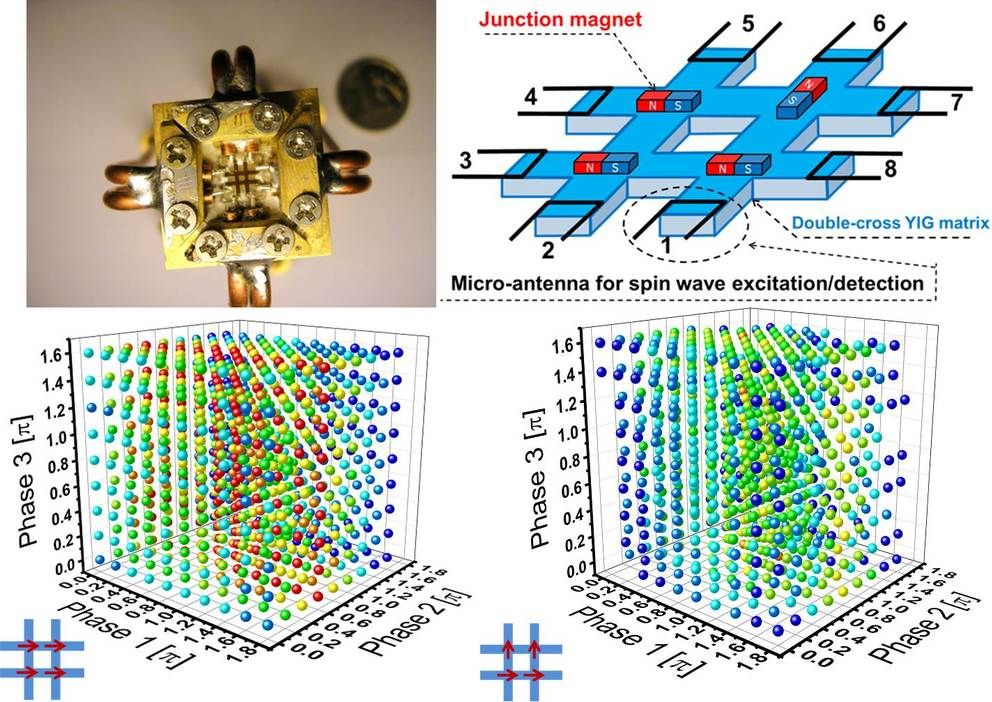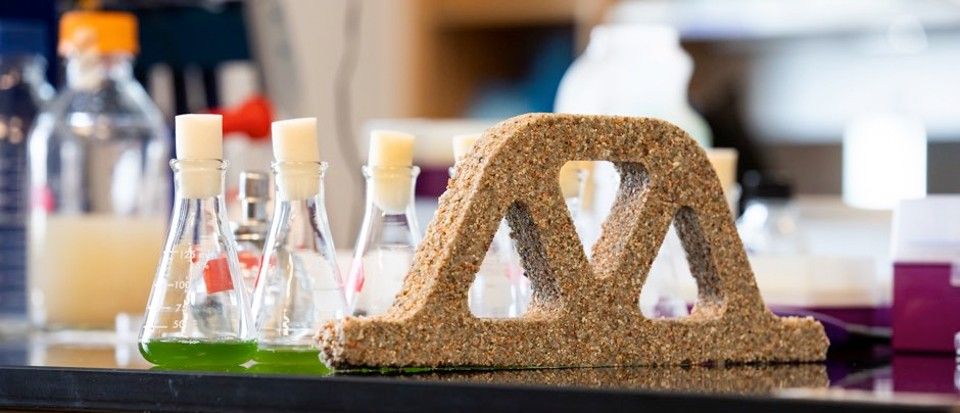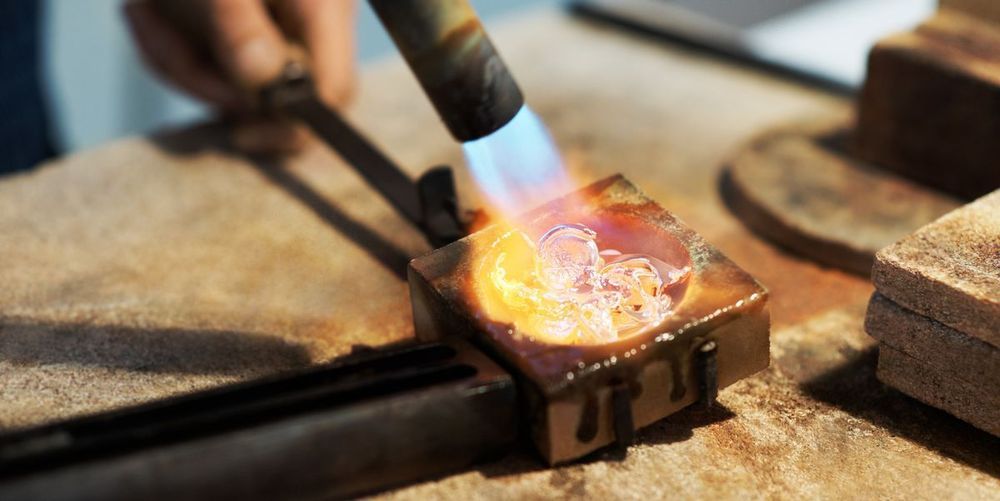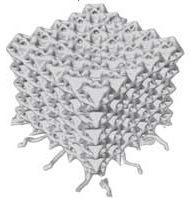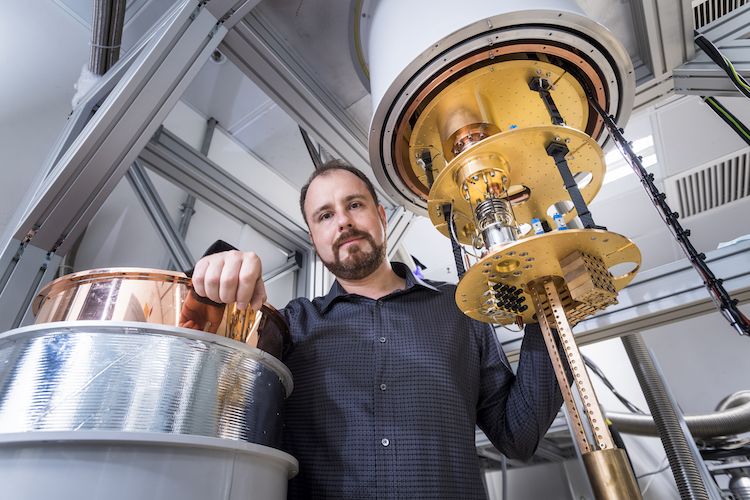Alloy 617 — a combination of nickel, chromium, cobalt and molybdenum — has been approved by the American Society of Mechanical Engineers (ASME) for inclusion in its Boiler and Pressure Vessel Code. This means the alloy, which was tested by Idaho National Laboratory (INL), can be used in proposed molten salt, high-temperature, gas-cooled or sodium reactors. It is the first new material to be added to the Code in 30 years.
The Boiler and Pressure Vessel Code lays out design rules for how much stress is acceptable and specifies the materials that can be used for power plant construction, including in nuclear power plants. Adhering to these specifications ensures component safety and performance.
INL spent 12 years qualifying Alloy 617, with a USD15 million investment from the US Department of Energy. A team at INL, in collaboration with groups at Argonne National Laboratory and Oak Ridge National Laboratory, as well as industry consultants and international partners, has now received approval from ASME for the alloy’s inclusion in the Code. Designers working on new high-temperature nuclear power plant concepts now have more options when it comes to component construction materials.




